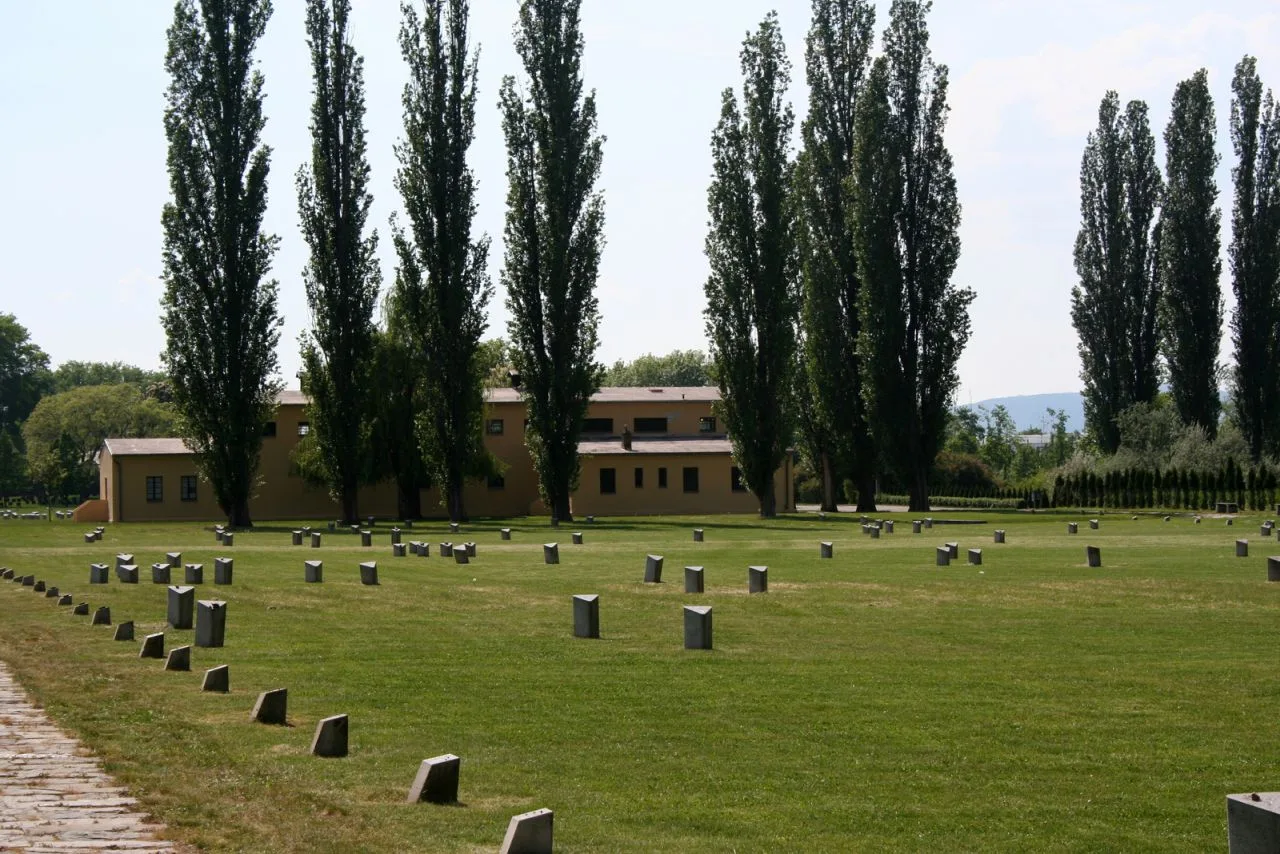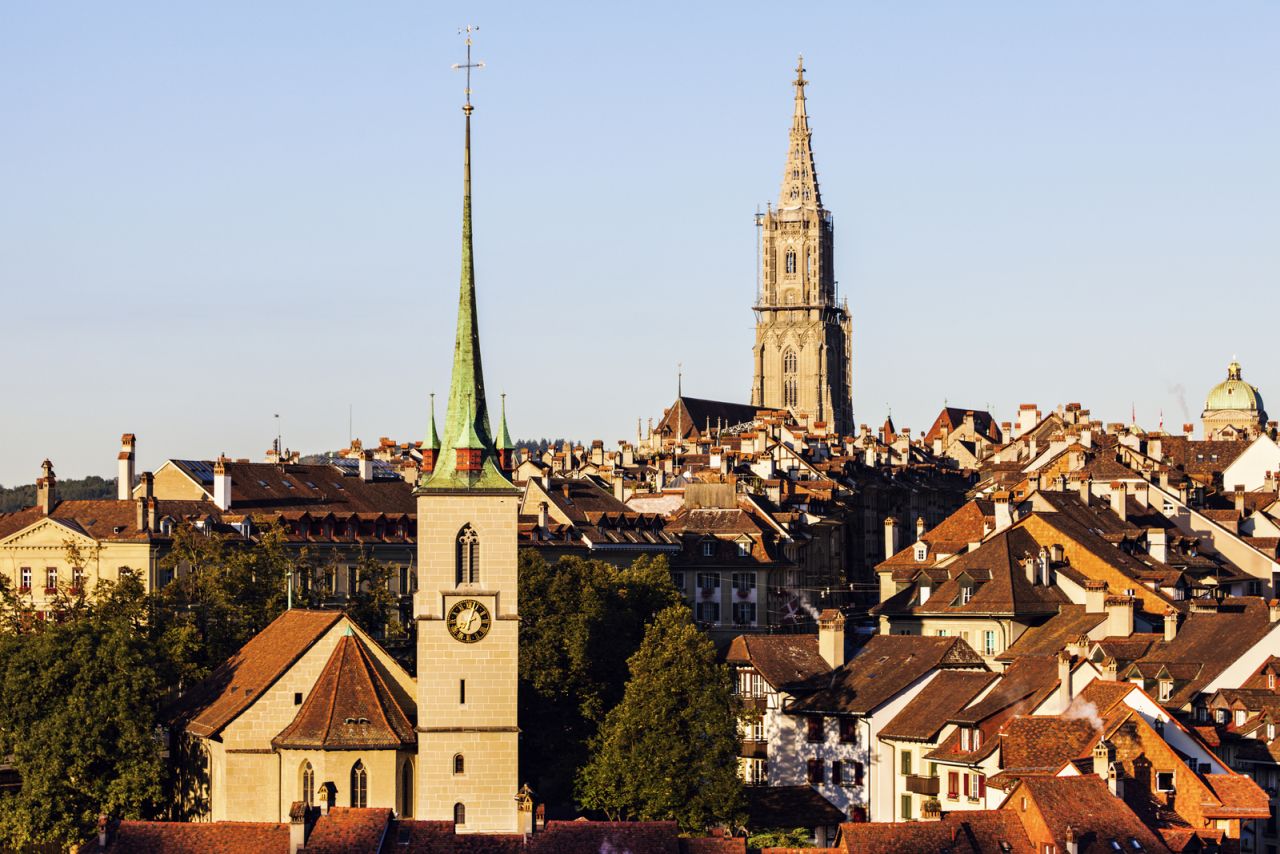Terezin Concentration Camp Memorial
Address
Tyršova 204, 411 55 Terezín, Czechia
GPS
50.5095245, 14.1512416
The Czechoslovak Republic’s government made the decision to build a Terezin Concentration Camp Memorial on May 6, 1947. The purpose of the memorial was to preserve and maintain the places of suffering in the same form they were in during the time of the Nazi rule so that they may serve as a permanent reminder and warning for future generations. Terezin was one of the concentration camps that housed Jewish people during the Holocaust.
 The Terezin Memorial is the sole institution of its sort in the Czech Republic.
The Terezin Memorial is the sole institution of its sort in the Czech Republic.
It operates under the auspices of the Ministry of Culture of the Czech Republic and receives funding from the Czech state.
It is the mission of this organisation to maintain the memory of those who perished as a result of racial discrimination and political oppression during the years in which Germany was occupied by the Nazis; to develop museum research and educational activities; and to care for the locations associated with the suffering and deaths of tens of thousands of victims of the reign of violence.
The memorial was originally known as the National Suffering Memorial, but in 1964 it was renamed the Terezin Concentration Camp Memorial.
Today, the Terezin Memorial is made up of a collection of the individual memorial places that are listed below. These memorial places can be found in a variety of locations and do not comprise a single whole.
The Small Fortress
 It is possible to take a tour that takes you through the grounds of the former Gestapo police jail. Both the permanent Art Exhibition of the Terezin Memorial and the exhibition titled “The Small Fortress Terezin 1940 – 1945” can be seen inside the Museum of the Small Fortress, which was once known as Terezin. Terezin 1780–1939, The Concentration Camp Litomice 1944–1945, and The holding camp for Germans are additional permanent exhibitions housed in The Small Fortress.
It is possible to take a tour that takes you through the grounds of the former Gestapo police jail. Both the permanent Art Exhibition of the Terezin Memorial and the exhibition titled “The Small Fortress Terezin 1940 – 1945” can be seen inside the Museum of the Small Fortress, which was once known as Terezin. Terezin 1780–1939, The Concentration Camp Litomice 1944–1945, and The holding camp for Germans are additional permanent exhibitions housed in The Small Fortress.
The Small Fortress from 1945 to 1948, along with rotating exhibitions and a movie theatre. You can get information from the guides or from the people working at the archive.
The Ghetto Museum
In addition to a study room and the offices of the department of education, which are located in this building, there is a cinema, space for temporary exhibitions, a permanent display on the Terezin Ghetto, and space for temporary exhibitions. Visitors can obtain detailed information at any of these locations.
The National Cemetery
Founded in 1945 as a memorial for the victims of the Gestapo police jail in the Small Fortress, the Terezin Ghetto, and the Litomice concentration camp.
Memorial on the bank of the Ohře River
In November of 1944, the SS issued an order to the prisoners in the ghetto to dispose of the ashes of around 22,000 victims who had been burned in the ghetto crematorium.
The Park of the Terezín Children
The park was designed to be a place of recollection and contemplation, and it was named in honour of the Ghetto’s youngest inmates when it was founded.
The former Magdeburg Barracks
This building served as the headquarters of the Jewish self-government when the Ghetto was still in existence. Today, it is home to the Meeting Centre, the Theatre in the attic, and a replica of a dormitory in the Ghetto. Additionally, it features permanent displays on the various aspects of cultural activity that took place in the Ghetto.
The Jewish Prayer Room
 A prayer chamber decorated with wall murals from the time of the Ghetto may be seen in one of the courtyards of the Terezin concentration camp. On the wall just above it, the remnants of one of the “closets” were found.
A prayer chamber decorated with wall murals from the time of the Ghetto may be seen in one of the courtyards of the Terezin concentration camp. On the wall just above it, the remnants of one of the “closets” were found.
They were small rooms in the attics of residential and farm buildings in Terezin that had been transformed into emergency accommodation of the smallest size possible.
They offered a small group of convicts some degree of solitude at the very least. In this particular instance, the building was almost certainly a residence for artisans, the majority of whom were clustered within the structure and worked in the surrounding central ghetto workshops.
Because it was not replaced at a later date, the emergency residential space that was located above the chapel has the potential to be converted into a space that is analogous to the one that existed during the time of the ghetto.
Terezin transports
Permanent exhibition in the building that formerly served as the municipal weighing house that centres primarily on the transportation and provides visitors with an in-depth look into the operation of this system. The structure that now houses the new exhibition may be found on the spot where, in the past, there was a railway line that was essential to the movement of people and goods and provided easy access to the ghetto.
 The exhibition explains the systems that the Nazis used when transporting Jews from the Protectorate of Bohemia and Moravia (and later from other Nazi-occupied territories) to the Terezin ghetto and when dispatching transports onwards from Terezin to the extermination, concentration, and slave labour camps – especially to Auschwitz-Birkenau. The exhibition is located at the Jewish Museum in Prague.
The exhibition explains the systems that the Nazis used when transporting Jews from the Protectorate of Bohemia and Moravia (and later from other Nazi-occupied territories) to the Terezin ghetto and when dispatching transports onwards from Terezin to the extermination, concentration, and slave labour camps – especially to Auschwitz-Birkenau. The exhibition is located at the Jewish Museum in Prague.
The railway siding
The remnants of the train tracks that once connected the Terezin Ghetto to the Bohuovice nad Oh railway station have been preserved in the areas where the transports were cleared.
The Columbarium
This section of the old fortification was used to store the remains of victims who had been incinerated after being killed in the Ghetto.
The Ceremonial Halls and the Central Morgue of the Ghetto
The bodies of the departed were brought into these rooms, and mourners paid their respects to the departed here as well.
There is a permanent display about death and burial practises in the Ghetto housed within the rooms of the crematorium.
The Cemetery of Soviet Soldiers
The excavated bones of 49 Soviet soldiers who had died during the liberation of Czechoslovakia were reinterred in the cemetery in 1977 after having been discovered there.





